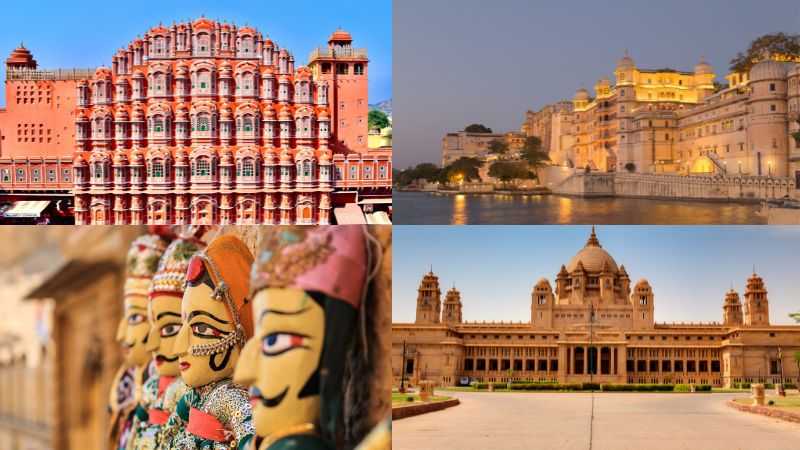
Chhau is semi - classical form of tribal dance, combining martial arts, storytelling, acrobatics, mock art, and athletics and story - telling located in eastern India - Orissa, Jharkhand, West Bengal. The dance form is inscribed in the UNESCO world heritage site. The tribal history gains acknowledgement and gets preservation following the UNESCO status.
The origin of the dance is shrouded in secret, but essentially Chhau started as a way to portray tales to the audience. The stories are extracted from two great epics of Indian Mythology - Ramayana and Mahabharata, Puranas and other Indian books with religious styles within Shaivism, Shaktism and Vaishnavism. Performers decked in vibrant attire, significant masks, and other ornaments dance on the beats of Indian musical instruments - Dhol, Shehnai and Dhamsa (percussion instruments and Indian clarinets) without vocals. The dance is conducted in a joyous occasion or spiritual celebrations especially Gajan festival, focused on Lord Shiva.
UNESCO inscribes Kalbelia, a kind of folk music and traditional dance in Rajasthan as an Intangible Cultural heritage. This amazing dance and music performance originates from actually an untouchable community from Rajasthan who led nomadic lives. Traditional known as snake charmers, the city relied on trading of snakes and snake poison. Later the women got control of their livelihood and interested people who have their dance as the men provided the music by poongi (a snake enchanting instrument).
Kalbelia is a sensuous form of dance, which mimics the activities of snakes in a few senses. Dressed up in dark colors, mirrors and other ornaments, the ladies allure using their fluid dance goes while the drum ''poongi'' and music are sung by men. Kalbelia also create own music and improvise it in line with the changing times. The music is offered from generations orally, the history and tradition of the city is folks itself.
Ramman is a spiritual festival famous only in the Garhwal region of Uttarakhand, specifically one of the Hindu communities in the Saloor Dungra village. The unique custom and tradition is used and continuing by a tiny community of 1800 people and 196 family members without difference on caste and creed. UNESCO inscribed Ramman on the intangible cultural heritage.
Held yearly in the month of April (Hindu month of Baishakh), the festival adorations the local deities of the city and also celebrates enough time before effort and harvest season. Within the temple complex as part of the festivities, a ritual theatre is structured where 18 people play 18 roles, wearing masks to dance on 18 beats to enjoy the 18 Puranas. Encouraged from Ramayana, Ramman narrates story of Ramayana, Hindu text as well as local stories are narrated. Combining the city, festivities are ways to keep alive the annals and history of the community.
Ramayana is one of the holiest Hindu scriptures in India. The epic specialized in the glory of Rama was translated to Awadhi language from the initial text available in Sanskrit by Goswami Tulsidas in the 16th century. Ramlila is the traditional performance of the Ramayana, simply the life of Lord Rama till his success in the Demon Ruler Ravana. UNESCO inscribed Ramlila on the set of Intangible cultural heritage on 2008.
During the Sharad Navratri (October to November), Ramlila is conducted. The shows can be anything from 10 days to 40 days. Actors narrate the story of Lord Rama, his life, challenges in several shows with teachings of life, viewpoint and ideas of evil and good. The performance is an integral part of the Indian cultural heritage where in fact the story of the Hindu epic was performed by actors before the public so that everyone could learn from the script of Ramayana.



5000+Completed Tours
GloballyReconized
25+ YearsQuality Services
callCall Us for details (+91) 9829248899
Leave a Reply